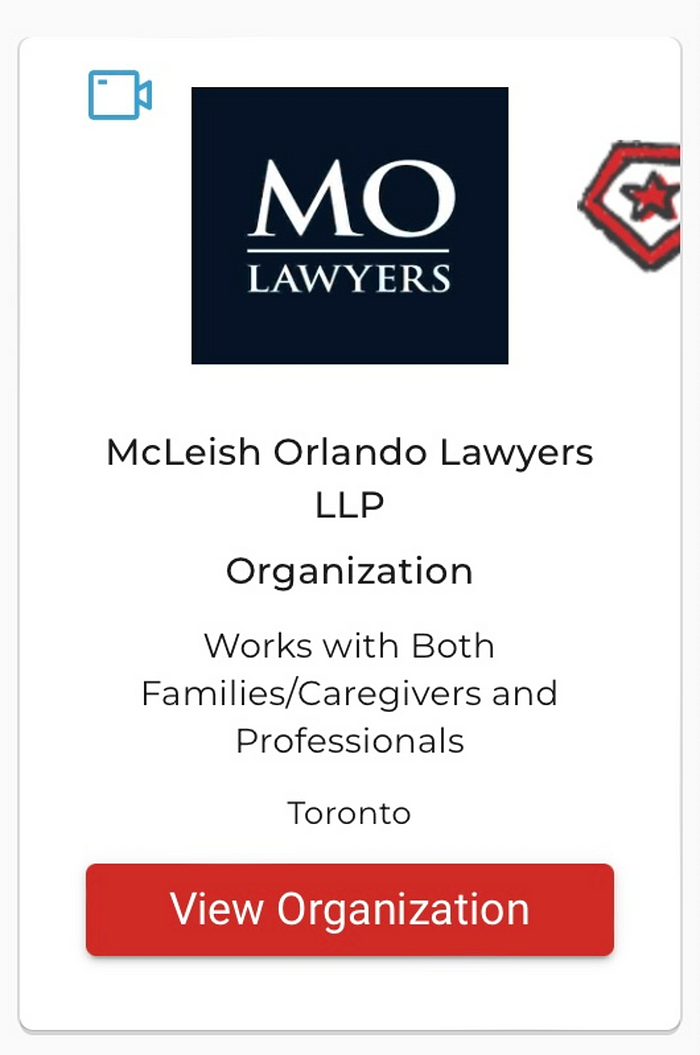Safety First: The Importance of Car Seat Safety for Children
Written by: Dale Orlando and Cody Malloy, Student-At-Law

Car seats reduce the risk of injury and death for children in motor vehicle collisions. For infants under one year old, car seats reduce the chance of death by 71%. For toddlers between one to four years old, car seats reduce the risk of death by 54%. Understanding the law and the differences between car seats are of the utmost importance in keeping our kids safe.
The applicable law in Ontario regulating car seats for children is Regulation 613: Seat Belt Assemblies under the Highway Traffic Act. According to the law, a child is no longer legally required to travel in a car seat when they reach any one of the following criteria:
· Reaches eight years of age
· Weighs 36kg/80lb
· Reaches a height of 145cm/4 ft 9 in
The Province of Ontario recommends that parents use the following chart when selecting the appropriate car seat for their child:

Parents should keep their child in their current car seat until they reach the seat type’s maximum weight and/or height limits. The above chart essentially demonstrates the progressive “stage” system that Ontario uses for car seats.
Stage one starts with the rear-facing car seat because they provide enhanced support for small children’s necks and heads. Infants and children have large heads in proportion to the rest of their body, so their necks have not developed enough yet to provide adequate support. Rear-facing car seats provide extra support in the event their head jerks suddenly during a collision. Stage two moves children to a front-facing car seat as their bodies mature so they are facing in the same direction as the rest of the passengers. Stage three moves more mature children to a booster seat. It is important to understand that booster seats utilize the car’s built-in seatbelt, whereas the car seats in the first two stages do not since they have their own seatbelt systems designed for younger children. Booster seats do not provide children with as much support as rear and front facing car seats do, so it is vital that children do not progress to this stage until their bodies are mature enough. Ontario has also produced an informative YouTube video regarding car seat safety, which is worth checking out if you’d like more information.

Car seats can be purchased new or used. Regardless of the source, ensure that the car seat you purchase for your child has a National Safety Mark label (see image on the right). This label indicates the car seat meets the federal safety standards for vehicles. It is the driver’s responsibility to ensure children under eight years of age are secured in the proper car seat under section 106(4) of the Highway Traffic Act. Convictions for this offence can lead to a fine of $240 and/or two demerit points.
It is also important to take note of expiration dates on car seats. Car seats in Canada have expiration dates generally varying between six to nine years because safety standards frequently change. Also, wear and tear on car seats is common, so it is always wise to keep your child’s car seat relatively current.
If you have been in a collision, whether your child was sitting in the car seat or it was vacant, it is vital to do a physical inspection of the car seat before your child sits in the car seat again. Some car seat manufacturers recommend you replace your child’s car seat after any collision, even if the collision was minor. If the car seat looks even slightly damaged, it should be replaced. If it looks fine after a physical inspection, check the owner’s manual for instructions from the manufacturer.
It never hurts to refresh on these general tips for what to do after being involved in a collision:
· Take pictures of the collision scene and the damage to the vehicles
· Exchange the following with the other driver(s)
o Vehicle registration number
o Driver’s license
o Insurance information
o Contact information
o Make, model and license plate of the involved vehicles
· Inquire if any of the involved vehicles had dash cameras
· Report all injuries to a treatment provider as soon as possible after the collision and on an ongoing basis
· Report your injuries to your insurer if you require treatment or cannot work
· Speak to a personal injury lawyer to get advice regarding next steps
McLeish Orlando has longstanding expertise in helping clients with motor vehicle collisions. If you have been injured in a motor vehicle collision, you should contact us for a free consultation. A lawyer at McLeish Orlando will evaluate your case and determine how to best serve your needs.
McLeish Orlando is a proud member of the Personal Injury AllianceTM (PIA Law).
PIA Law was formed more than a decade ago by three of Canada’s leading personal injury law firms — McLeish Orlando, Oatley Vigmond, and Thomson Rogers — with the goal of providing unparalleled legal representation to accident victims and their families.
Lawyers at all three firms have in-depth experience with the specific challenges facing children who have been catastrophically injured, and we are committed to ensuring that young clients have access to all of the resources they will need to reach their full potential. Our lawyers work closely with parents and health care specialists to understand a child’s current and future needs, and to obtain a fair settlement that will provide the appropriate financial supports to meet those needs.
For more information, please see our firm profile: https://www.ehkidshealth.com/org/dI1EM5aoeNadQGqgtuVW

